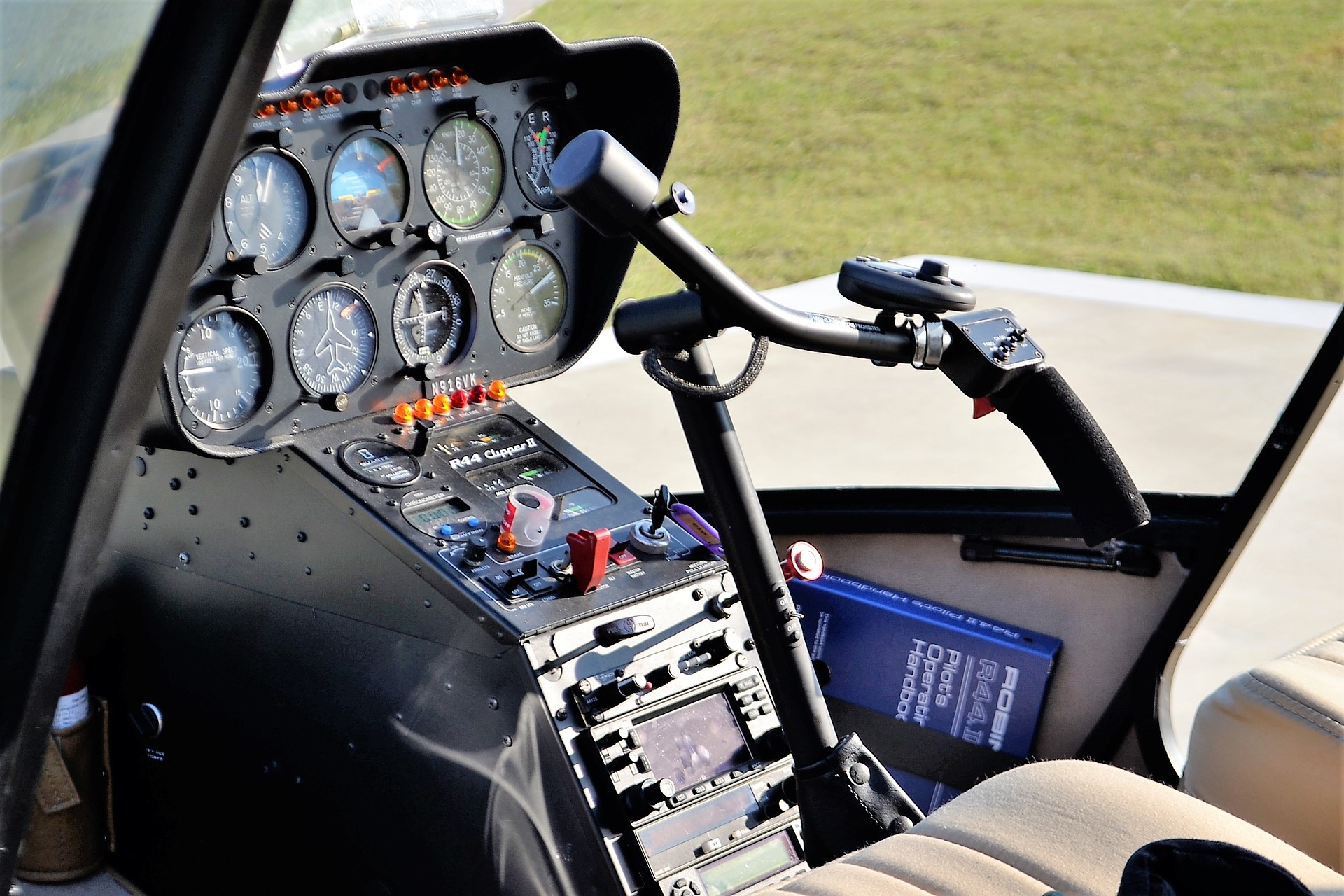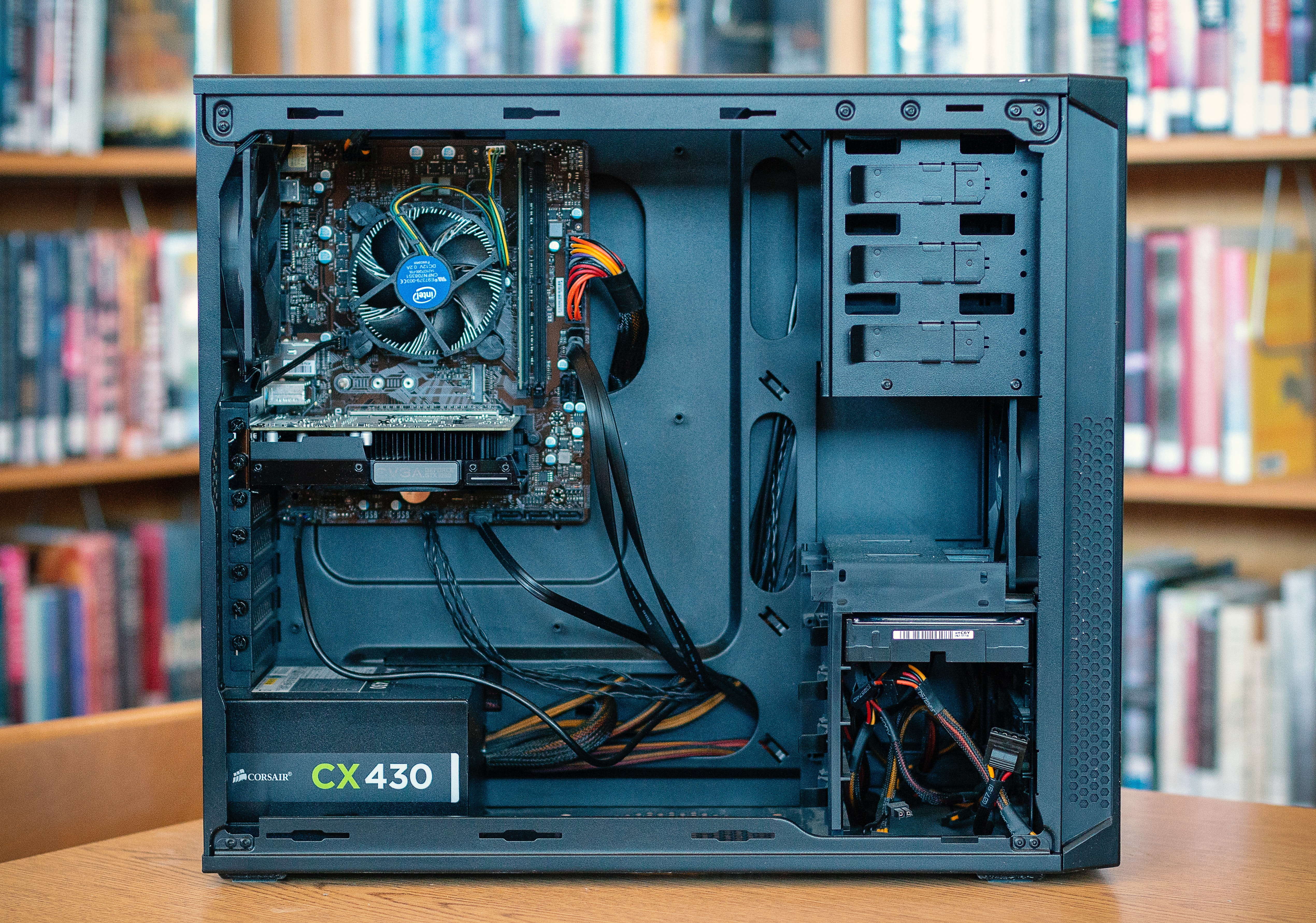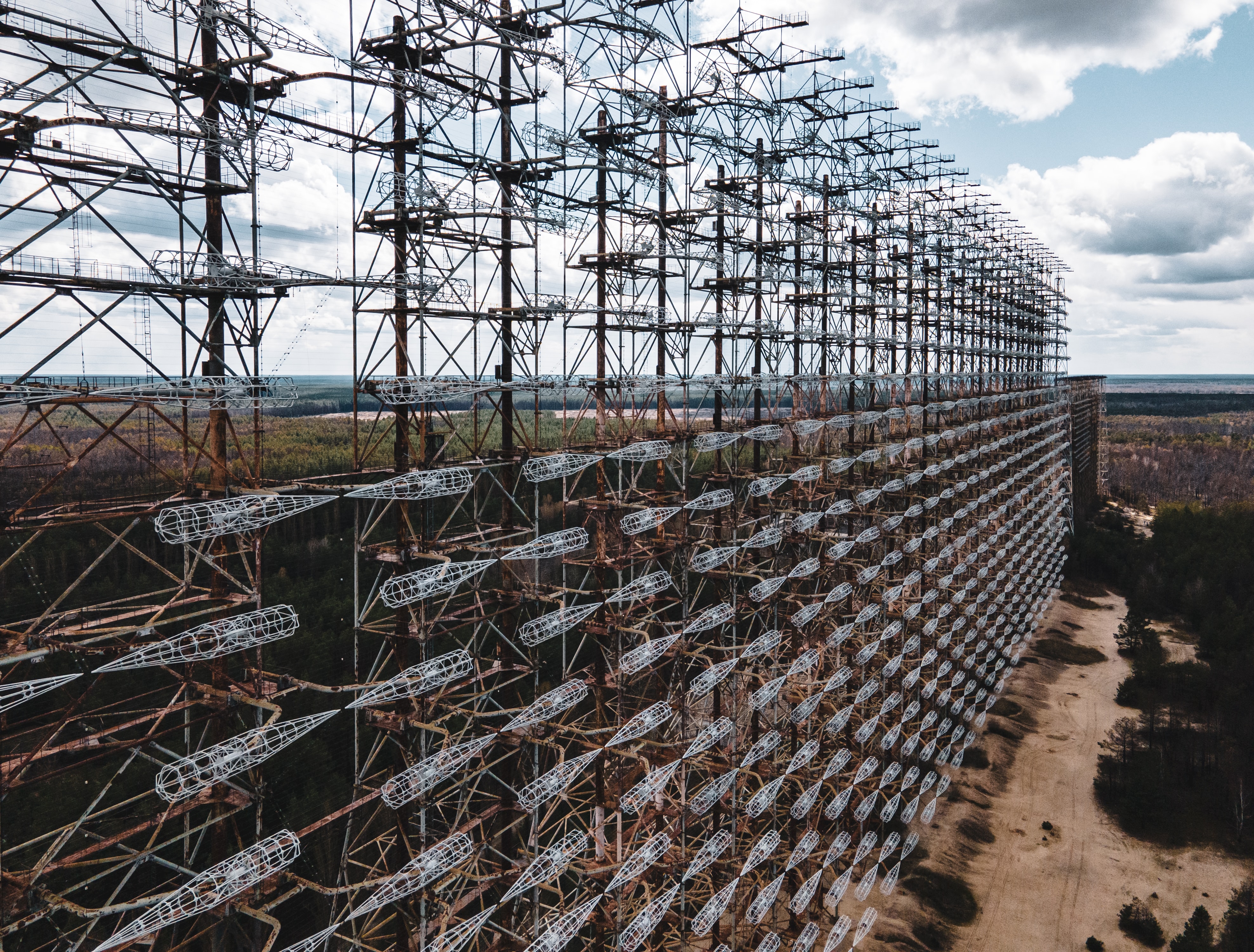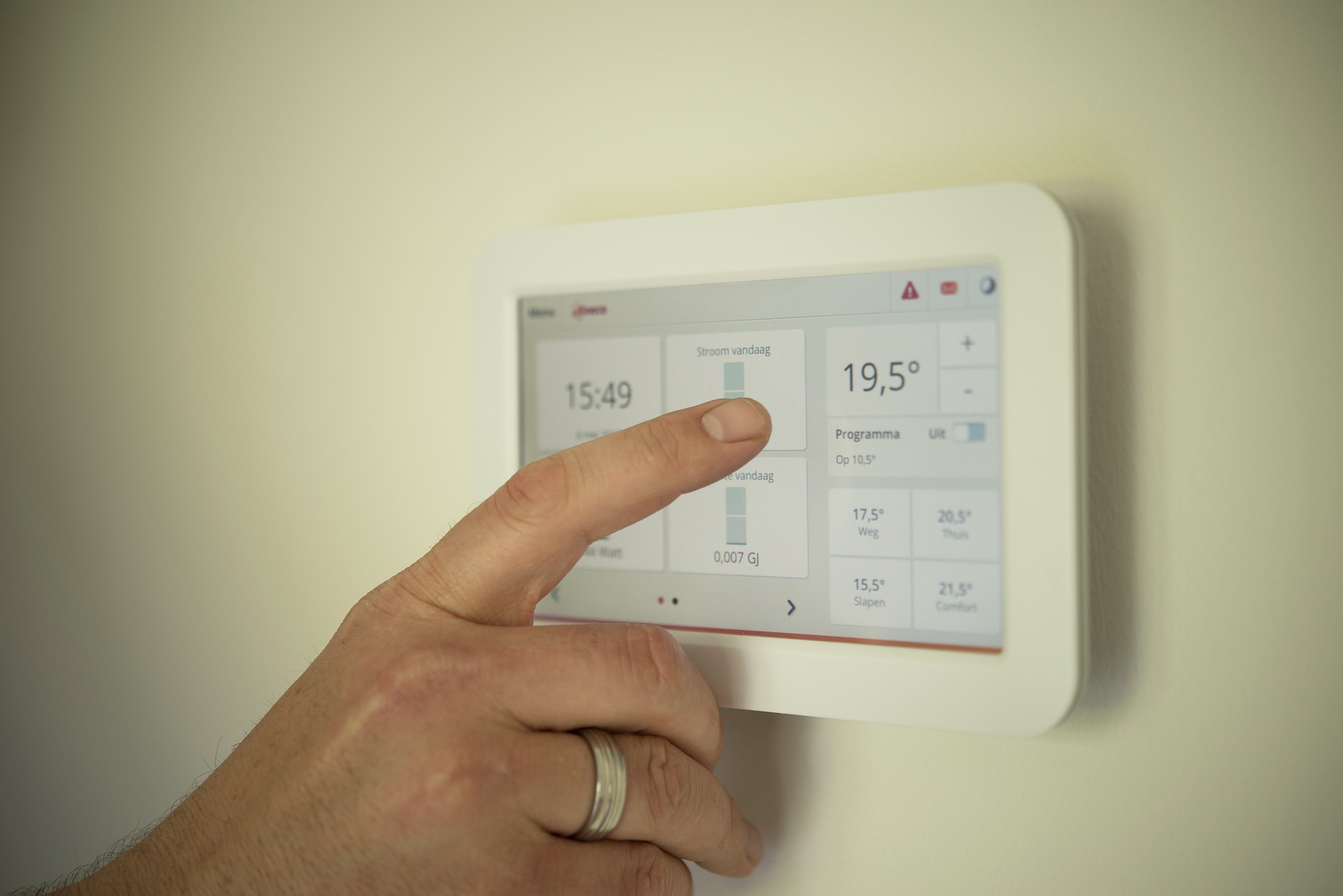System Simulation
-
- Actuators
- Coil Design
- Electromagnetic Brakes & Clutches
- Inductors
- Levitators
- MRI
- Motors
- Alternators and Generators
- Electromagnetic Brakes and Clutches
- Sensors
- Loudspeakers
- Magnetic Encoding
- Relays and Contactors
- Solenoids
- Shielding
- Electromagnets
- Magnetic Bearings
- Magnetic Signatures
- Magnetic Fixtures
- Magnets
- Non Destructive Testing
- Particles
-
- Antenna Radiation Characteristics
- Simulation of an Airplane
- EM Simulation of a Desktop
- EM Compatability and EM Interference
- Cable Junctions and Terminations
- Filters
- Lightning Strikes
- Microwave Circuits
- Microwave Ovens
- MRI
- Near Field Analysis
- Radar Cross Sections
- Radio Frequency Cavities
- Reflector Antennas
- Sensors
- Ultra Wideband Antennas
- Waveguides
- Antennas
Modern design of electrical energy conversion systems –which includes power electronics– require the support of simulation tools. A system or circuit simulation alone is no longer satisfactory without proper combined-physics system analysis and design.
Understanding the strengths of different tools and integrating them in the design process allows investigation of more design aspects than only circuit simulation.
Typical simulation analysis of combined physics consists of many aspects that are modeled into the combined circuit-system simulator. These are, for example, parameters of magnetic actuators, parameters and precise models of semiconductor switches, electrical machine parameters, thermal effects, different control issues, or packaging and parasitic effects as a result of different layout.
All electromechanical systems require a power source. Ultimately, the entire system, including all mechanical, hydraulic, and thermal loading needs to be modeled. The interaction and data exchange with different analysis and design tools are hereby necessary.
INTEGRATED’s link with CASPOC™, a combined-physics circuit-system simulator, enables this integrated approach, where the complete application can be simulated.









